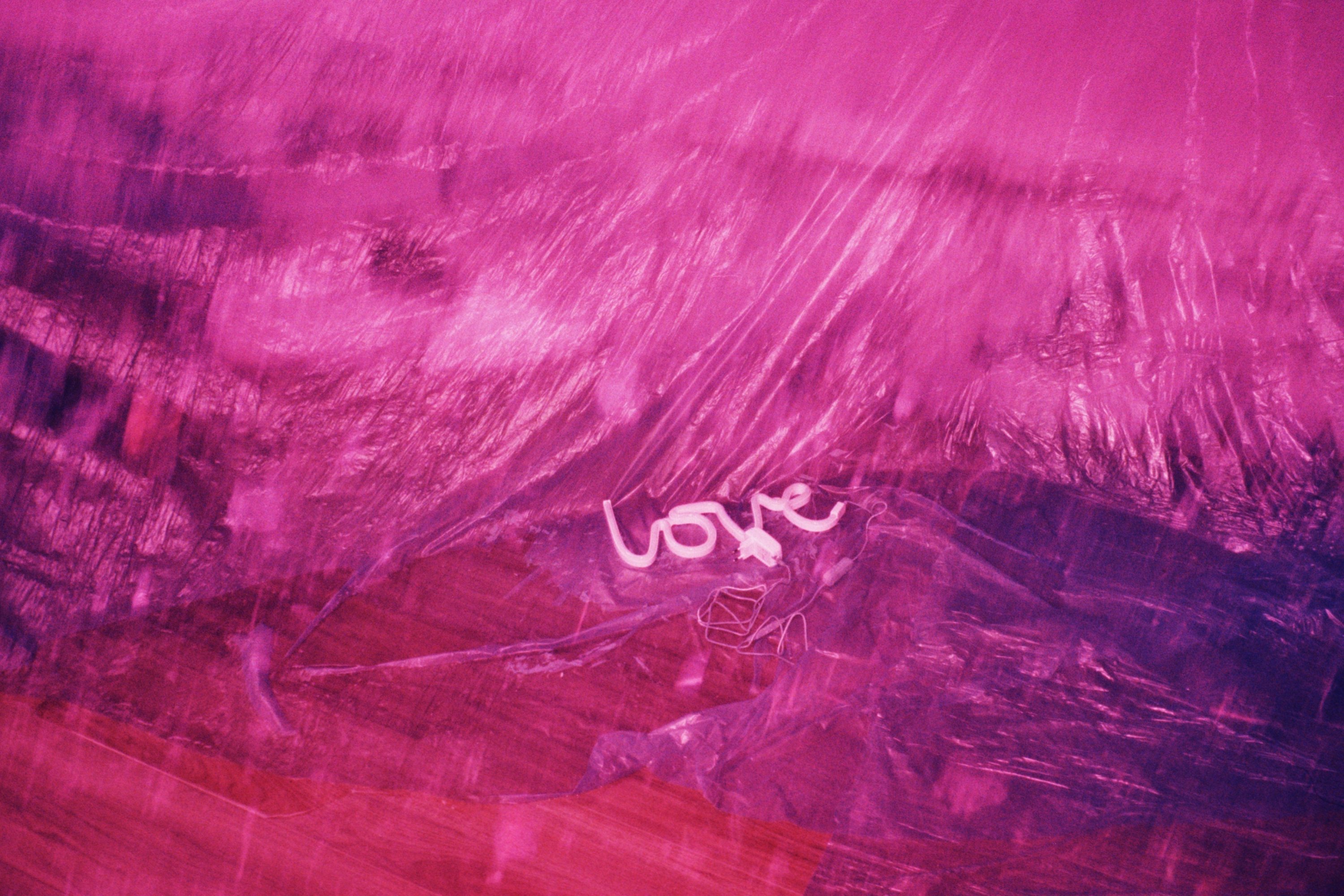© Turkuvaz Haberleşme ve Yayıncılık 2024
Over the winter, Cemre Yeşil Gönenli had a sprawling work at Sakıp Sabancı Museum, as part of their show, “Past Present Istanbul.” Despite the name, the curation by Murat Germen was surprisingly inventive and relevant. It was also buoyed by a healthy representation of younger artists, such as Ege Kanar and Nora Byrne, whose installations spoke to the history and infrastructure of Istanbul, culturally and architecturally. Gönenli mined the medium of photography, particularly its archival history, for her piece, “Dream & Fact - A Handbook of Forgiveness and A Handbook of Punishment.”

“Dream and Fact” explored the late Ottoman era of Abdülhamid II, the sultan who is regarded as the last to preserve a source of political, imperial power in the palace, whose sway would fade from the shores of the Bosporus terminally, only to resurge among former subjects of the empire in the Anatolian plains of Ankara in the form of secular parliament. Gönenli traced the effect of the camera’s lens, focusing on the hands of people in chains, leaving their heads to the seer’s imagination. In turn, Gönenli pointed to an essential trait of photography, that its innate realism is as misleading as it is representative of human visual acuity.
Earlier in the year, around spring, Gönenli enjoyed the opening of her solo show, “Double Portrait,” at Milli Reasürans Gallery, in collaboration with art historian Ahu Antmen, who is a frequent presence in Istanbul’s culture field. In the book publication that accompanied the prolific exhibition, Antmen wrote a brief, sensitive essay, entitled, “Fragments of Humanity in Cemre Yeşil’s Double Portrait.” In it she, declared: “Photography here is an attempt at the articulation of human states, about how we struggle with existence itself.” The work that went into “Double Portrait” offers an apt prelude to Gönenli’s curatorial work at Mixer.

Under the title, “Change of Plans,” Gönenli invited 12 artist-photographers to reflect on their experience in the midst of the pandemic that changed everyone’s lives, generally for the worse whether they liked it or not. In the process, she has further defined her voice as a photography curator in reference to the art world and its demands to intellectualize and institutionalize personal creativity into forms of public communication, clearly consumable, as experiential commodities, if not for sale outright.
Gönenli goes against the current. She is an independent figure, who opened a cafe in Karaköy not far from Mixer, where fine baked goods are sold alongside photo books and books on photography. The books include everything from Susan Sontag’s famous treatise on the medium to large-format coffee table tomes replete with full-color images displaying the shock and awe that the world’s best photographers have ever instilled since the first capture of the moveable feast that is life with little explosions of metal, glass and light.
“Change of Plans,” at Mixer, is very much streamlined within the framings of her taste, bearing her technical mark on almost every corner of its photographic representations, only departing, perhaps, where the show includes multimedia installations. But it is not transcendent. To an everyday seer who might have tracked more than a few hours prowling the art map of Istanbul and other highly exposed international cities, there is something holding it back even where it lurches forth, baring bodies when it could have born ideas.
If the underlying theme of the show was to uncover the anxiety of millennials who took refuge in the diversions of their smartphones, the exploitations of the internet and the ubiquity of photography during the height of pandemic restrictions, it was decidedly open, outward and extroverted in its mood, which had no perceivable unity other than a sheer aesthetic consensus of wayward lighting and oblique perspectives, soft gestures and opaque environments. And from their lenses, so many eyes stare back, wondering why the silence is so loud.
Despite the infinite interpretability of near-abstract, decontextualized imageries, “Change of Plans” has a rawness, almost flesh-like, although obscured by the density of overlapping technologies, the dimming of points of unadulterated human view before the all-encompassing void of lockdown law and its iron hammer of authority. While time seemed to stop like the click of a shutter, those who were in certain stages of their lives were forced to play a kind of freeze tag, remaining where they were for as long as they could, or couldn’t.
The first few frenzied glances at “Change of Plans” might include a glimpse of two fishes, with one with its bulging lips against the forehead of another, as if they were performing an act of kissing. The affectionate, tender portrayal of nonhuman beings acting like people triggers a sense that anyone might connect with these creatures, as they lack characteristics that might indicate class or culture. But eerily, the fish that is hanging its lips out has lost its eye. It is a slight detail to an outsider, even if utterly important to that being.
The picture of blindness, of a fish swimming in the dark of its own mind, is suggestive of human behavior in the face of that total mystery that awaits everyone every day, unaware of what might be lurking around the corner. The fact that Gönenli curated the show without texts to identify which work is whose, or their titles, gave the show an alternative otherworldliness that drives its mystical venture into the unknown. One of the benefits of youth, however, is not to be burdened with too much personal history.
But the era of the pandemic had the effect of clearing history while weighing the world’s human population down with a collective memory, with motifs that will be visual cues for as long as the 21st century remains fixed to its prevailing epochal definitions within the course of civilizational development. As Gönenli has curated, and in her works, though, she is brushing shoulders with history but showing that photography is not merely a utility for record-keeping, but an association of more spiritual evocations, of the human experience, as the soul of memory, even portals through which to transcend the ties that bind bodies to time.
